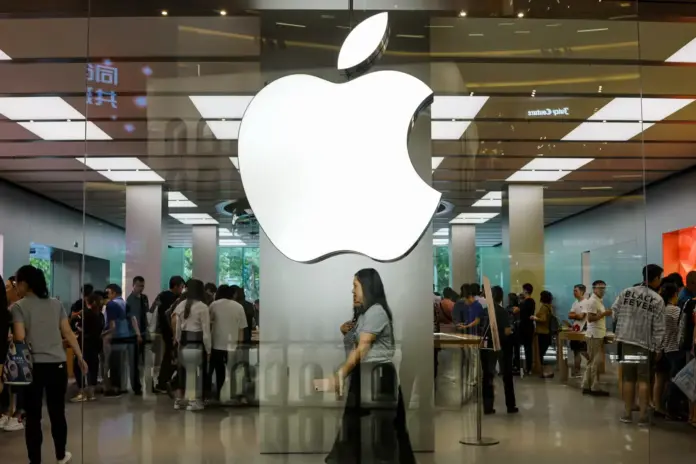Apple Stock Price: In a break with convention J.P. Morgan has updated its 12-month price target of Apple Inc. (AAPL) to reduce it to $230, down by $10 on the previous estimate. Although the investment bank still supports the tech giant with the rating of Overweight, the change indicates a less optimistic outlook on the immediate revenue and earnings growth of the company. The action is notable not only in that Apple is among the most popular and tracked companies on Wall Street but also because J.P. Morgan, the lead analyst on the stock, Samik Chatterjee, is a five-star ranked analyst in TipRanks.
Why the Cut? Stagnant Growth in the Future
The imminent reduction in price target is attributed, in part, to the lower growth of revenues, especially in the field of the sale of hardware. Chatterjee cited muted demand for iPhones and other Apple products in emerging economies, and some signs that the replacement cycle of high end products is not decreasing as quickly. The company also stated that a services increase, which remains robust, might not be sufficient in the short-run in terms of countering hardware lulls.
Besides, the macro environment, such as currency headwinds and continued inflation in major world areas will slightly curtail the near-term profitability of Apple. Being highly admired by pricing power and customer loyalty, Apple is still not an exception to global economic tendencies.
Also read: Social Security Crisis Looms in 9 U.S. States—Retirees on Alert
Services and AI are the bright spots
Although J.P. Morgan is cautious on the hardware aspect, it is optimistic about Apple services business, which covers subscriptions to the cloud, Apple music, and Apple TV +, and App Store. Services have also expanded and offer a high margin, recurring income, which offsets financial results at Apple even when the iPhone sales flatline.
Also, Chatterjee recognised that the efforts of Apple with respect to artificial intelligence (AI) may lead to growth in the future given the fact that more intelligent tools are being adopted in the operating systems and apps developed by Apple. Nevertheless, he stressed that the AI strategy is not only convincing but it presumably will require some transition time to significantly influence the profit.
The Wall-Street Response
Apple did experience a little bit of volatility on its stock following the revision of the price target but this did not lead to a significant sell-off. After the announcement, AAPL did slip a little but soon showed signs of improvement as the shareholders were assured about the future prospects of the company. The majority of the other analysts remain bullish or neutral, with the average price objectives still approaching the mark of the $235-245 section.
Although the adjustments to price target are not unusual, the reduction by such great companies as J.P. Morgan is most likely to attract attention because of the authority of the bank and the reputation of the analyst. In the market, these revisions are usually not treated as panic confessions, but as adjustment with the use of new market data and modeling.
The Strength and the Strategies of Apple
The endurance of Apple to comb the market pressure has been proved time and again. Steel has been able to fight previous economic recessions, trade wars, as well as competitive threats. It has an enormous cash base, effective supply chain and strong brand to maneuver and create continually.
The new iPads and the forthcoming iPhone 16 series are a positive sign in the long run, as are recent product updates, alongside further growth in developing markets, especially India and Southeast Asia. Apple is, also, investing further in its Wearables and Vision Pro category and may introduce new sources of income in the coming years.
Also read: $400 Stimulus Payment Without Any Paperwork For New Yorkers – Fact Check
What This Means for Investors
For long-term investors, J.P. Morgan’s target cut is not necessarily a reason to panic. Apple remains fundamentally strong, and the reduction from $240 to $230 is relatively modest,indicating a recalibration rather than a downgrade. Maintaining the Overweight rating suggests the firm still believes Apple will outperform most of its peers over time.
However, for short- to medium-term investors, the message is clear: tempered expectations may be warranted in the upcoming quarters. Any softness in demand, especially for high-margin hardware products, could limit share price momentum until new product cycles or tech shifts take hold.








